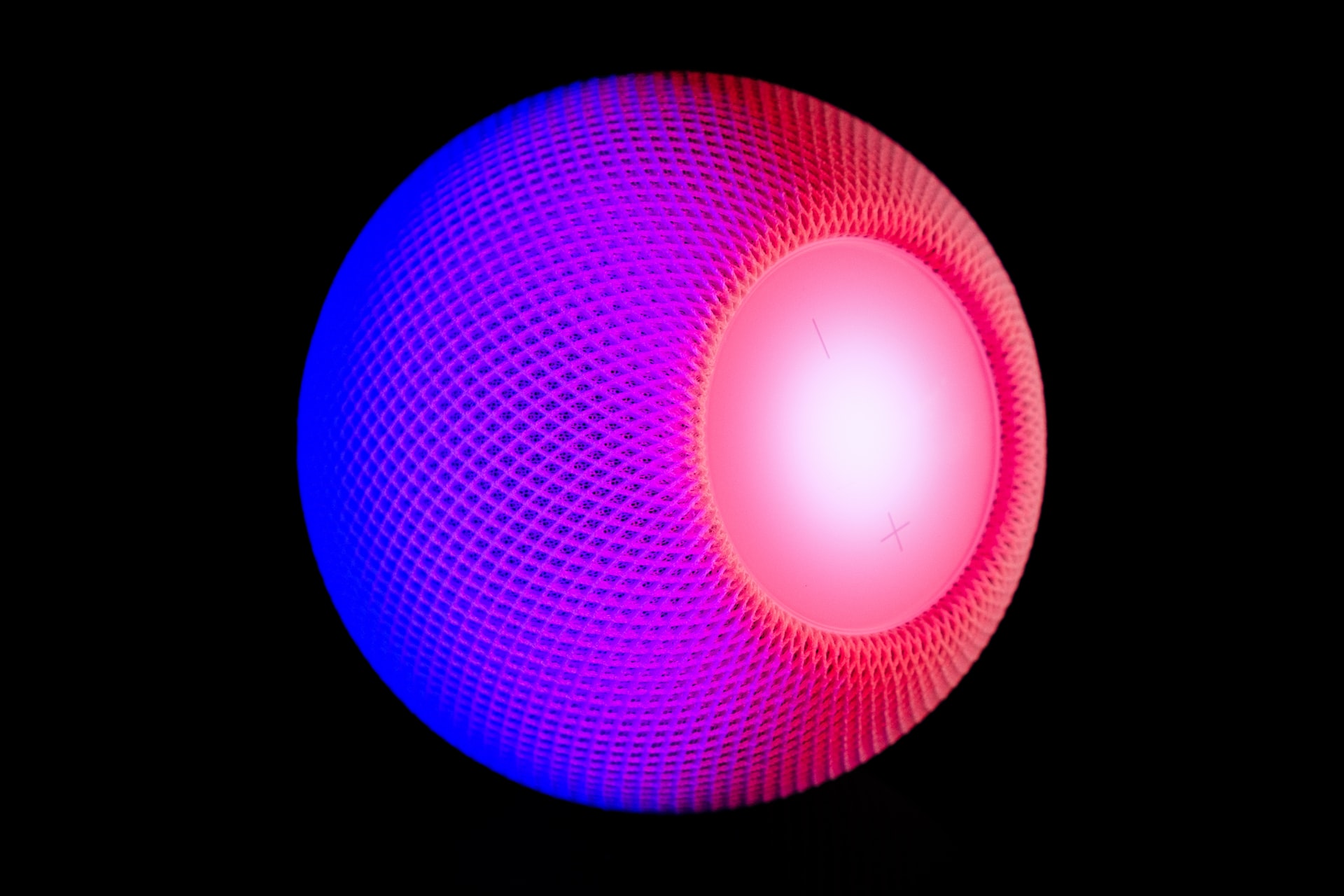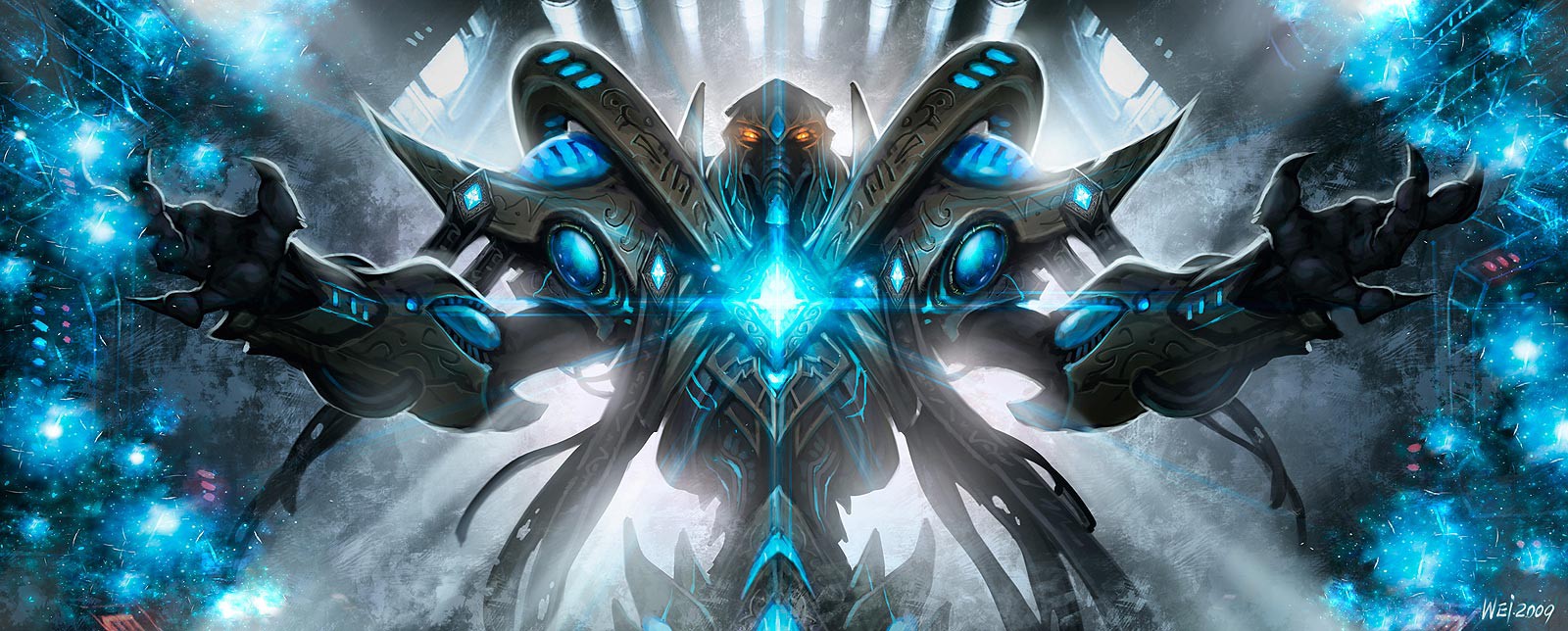Craft
Ursula K. Le Guin Explains How to Build a New Kind of Utopia
We keep writing dystopias instead of envisioning a better world—maybe what we need is balance

These are some thoughts about utopia and dystopia. The old, crude Good Places were compensatory visions of controlling what you couldn’t control and having what you didn’t have here and now — an orderly, peaceful heaven; a paradise of hours; pie in the sky. The way to them was clear, but drastic. You died.
Thomas More’s secular and intellectual construct Utopia was still an expression of desire for something lacking here and now — rational human control of human life — but his Good Place was explicitly No Place. Only in the head. A blueprint without a building site.
Ever since, utopia has been located not in the afterlife but just off the map, across the ocean, over the mountains, in the future, on another planet, a livable yet unattainable elsewhere.
Every utopia since Utopia has been both a good place and a bad one.
Every utopia since Utopia has also been, clearly or obscurely, actually or possibly, in the author’s or in the readers’ judgment, both a good place and a bad one. Every eutopia contains a dystopia, every dystopia contains a eutopia.
In the yang-yin symbol each half contains within it a portion of the other, signifying their complete interdependence and continual intermutability. The figure is static, but each half contains the seed of transformation. The symbol represents not a stasis but a process.
It may be useful to think of utopia in terms of this long-lived Chinese symbol, particularly if one is willing to forgo the usual masculinist assumption that yang is superior to yin, and instead consider the interdependence and intermutability of the two as the essential feature of the symbol.
Yang is male, bright, dry, hard, active, penetrating. Yin is female, dark, wet, easy, receptive, containing. Yang is control, yin acceptance. They are great and equal powers; neither can exist alone, and each is always in process of becoming the other.
Both utopia and dystopia are often an enclave of maximum control surrounded by a wilderness — as in Butler’s Erewhon, E. M. Forster’s “The Machine Stops,” and Yevgeny Zamyatin’s We.
Good citizens of utopia consider the wilderness dangerous, hostile, unlivable; to an adventurous or rebellious dystopian it represents change and freedom. In this I see examples of the intermutability of the yang and yin: the dark mysterious wilderness surrounding a bright, safe place, the Bad Places — which then become the Good Place, the bright, open future surrounding a
dark, closed prison . . . Or vice versa.
In the last half century this pattern has been repeated perhaps to exhaustion, variations on the theme becoming more and more predictable, or merely arbitrary.
Notable exceptions to the pattern are Huxley’s Brave New World, a eudystopia in which the wilderness has been reduced to an enclave so completely dominated by the intensely controlled yang world-state that any hope of its offering freedom or change is illusory; and Orwell’s 1984, a pure dystopia in which the yin element has been totally eliminated by the yang, appearing only in the receptive obedience of the controlled masses and as manipulated delusions of wilderness and freedom.
Yang, the dominator, always seeks to deny its dependence on yin. Huxley and Orwell uncompromisingly present the outcome of successful denial. Through psychological and political control, these dystopias have achieved a nondynamic stasis that allows no change. The balance is immovable: one side up, the other down. Everything is yang forever.
Where is the yin dystopia? Is it perhaps in post-holocaust stories and horror fiction with its shambling herds of zombies, the increasingly popular visions of social breakdown, total loss of control — chaos and old night?
Where is the yin dystopia? Is it perhaps in the increasingly popular visions of social breakdown, total loss of control — chaos and old night?
Yang perceives yin only as negative, inferior, bad, and yang has always been given the last word. But there is no last word.
At present we seem only to write dystopias. Perhaps in order to be able to write a utopia we need to think yinly. I tried to write one in Always Coming Home. Did I succeed?
Is a yin utopia a contradiction in terms, since all the familiar utopias rely on control to make them work, and yin does not control? Yet it is a great power. How does it work?
I can only guess. My guess is that the kind of thinking we are, at last, beginning to do about how to change the goals of human domination and unlimited growth to those of human adaptability and long-term survival is a shift from yang to yin, and so involves acceptance of impermanence and imperfection, a patience with uncertainty and the makeshift, a friendship with water, darkness, and the earth.

Excerpted from NO TIME TO SPARE: Thinking About What Matters by Ursula K. Le Guin. Copyright © 2017 by Ursula K. Le Guin. Reprinted by permission of Houghton Mifflin Harcourt Publishing Company. All rights reserved.








